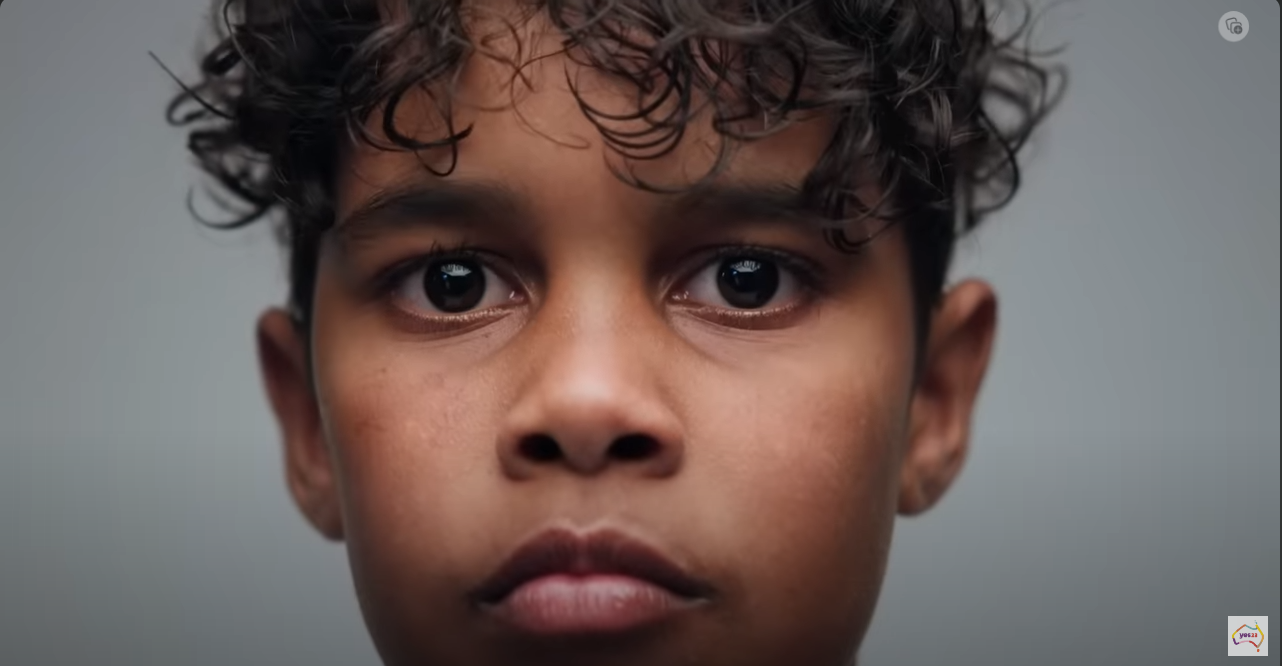The latest Yes campaign advertisement can be viewed here.
It features a young Aboriginal asking the following questions:
-
Will I live as long as other Australians?
-
Will I get to go to a good school?
-
Will I be able to learn my people’s language?
-
Will I be seen beyond the sports field?
-
Will I be recognised by the decision makers of this country?
The implicit messages conveyed through these questions are:
1. That the thing he’s asking about is not available to him.
2. That the Voice will be the answer that makes those things available.
It is important to base your decision on facts when voting in this referendum.
So how does this advertisement stand up to scrutiny?
Do we need to change the constitution to achieve the questions the young aboriginal is asking?
The simple questions posed in the advertisement are discussed below:
Will I live as long as other Australians?
In 2015-2017 life expectancy at birth was estimated to be 71.6 years for indigenous males and 75.6 years for indigenous females. This compares to 80.2 years for non-indigenous males and 83.4 years for non-indigenous females. The age gap is therefore around 8 years.
The life expectancy of Aboriginal and Torres Strait Islander people in Australia has increased. However, the gap between Indigenous and non-Indigenous life expectancy has not narrowed significantly in recently years, as both groups have experienced improvements in mortality rates over the same period. The gap in life expectancy is influenced by various factors, such as social determinants, behavioural risk factors, access to health services, and quality of care. Social determinants are estimated to be responsible for at least 34 per cent of the health gap between Indigenous and non‑Indigenous Australians. Behavioural risk factors, such as smoking, obesity, alcohol use and diet, accounted for around 19 per cent of the gap.
Will I get to go to a good school?
82% of aboriginal people live in the suburbs of the major and regional cities. Therefore, most Aboriginal children would go to the same schools as everyone else.
Year 12 completion rates for aboriginal Australians have been 76% in the major cities and 68% in regional cities.
The opportunities for the vast majority of aboriginal people to attend “good” schools are the same as for non-indigenous Australians.
Aborigines also receive free or subsidized access to public schools, TAFE and University. Many private schools offer scholarships for Aborigines.
It is interesting to note, schools and education are a matter for the States, and therefore it is unclear how an indigenous Voice to the Federal government would help in this regard.
Will I be able to learn my people’s language?
In Australia there are more than 250 Indigenous languages including 800 dialects. Each language is specific to a particular place and people.
About 120 languages were spoken in 2016 and 90% are considered endangered in 2019. Once a language has reached the endangerment stage, there are only a few speakers left and children are, for the most part, not learning the language.
Only 9.5% of Indigenous people currently speak any Aboriginal language.
Language shift most commonly occurs when speakers switch to a language associated with social or economic power or wider opportunity to communicate.
To preserve their culture many cultural groups in Australia, without government funding or support, proactively educate their children in their culturally specific languages.
Government funded initiatives such as; First Languages (www.firstlanguages.org.au) and the Australian Institute of Aboriginal and Torres Strait Islander Studies (AIATSIS) are working on preservation of indigenous languages.
Social and economic empowerment of Aboriginal people are directly correlated to mastery of the national language.
Representation by the Voice to the Federal Government regarding language would be replicating existing representative bodies.
Will I be seen beyond the sports field?
Aboriginal and Torres Strait Islander people already contribute to and are ‘seen’ in a wide range of activities in Australian society. This includes numerous academics, lawyers, artists, musicians, educators and other well-known Aboriginal people in numerous other fields of endeavor.
Will I be recognised by the decision makers of this country?
The decision makers of this country include 11 indigenous people, which is 4.8% of all federal MPs, which means that indigenous people are overrepresented as a percentage of population in the Australian parliament. 75% of politicians in the Northern Territory are Aboriginal. Aboriginal people also lead numerous organizations that have political and policy making influence. The very fact that both the government Indigenous affairs minister and the shadow Indigenous affairs minister are themselves Indigenous demonstrates that Indigenous people are recognised as decision makers of this country.

